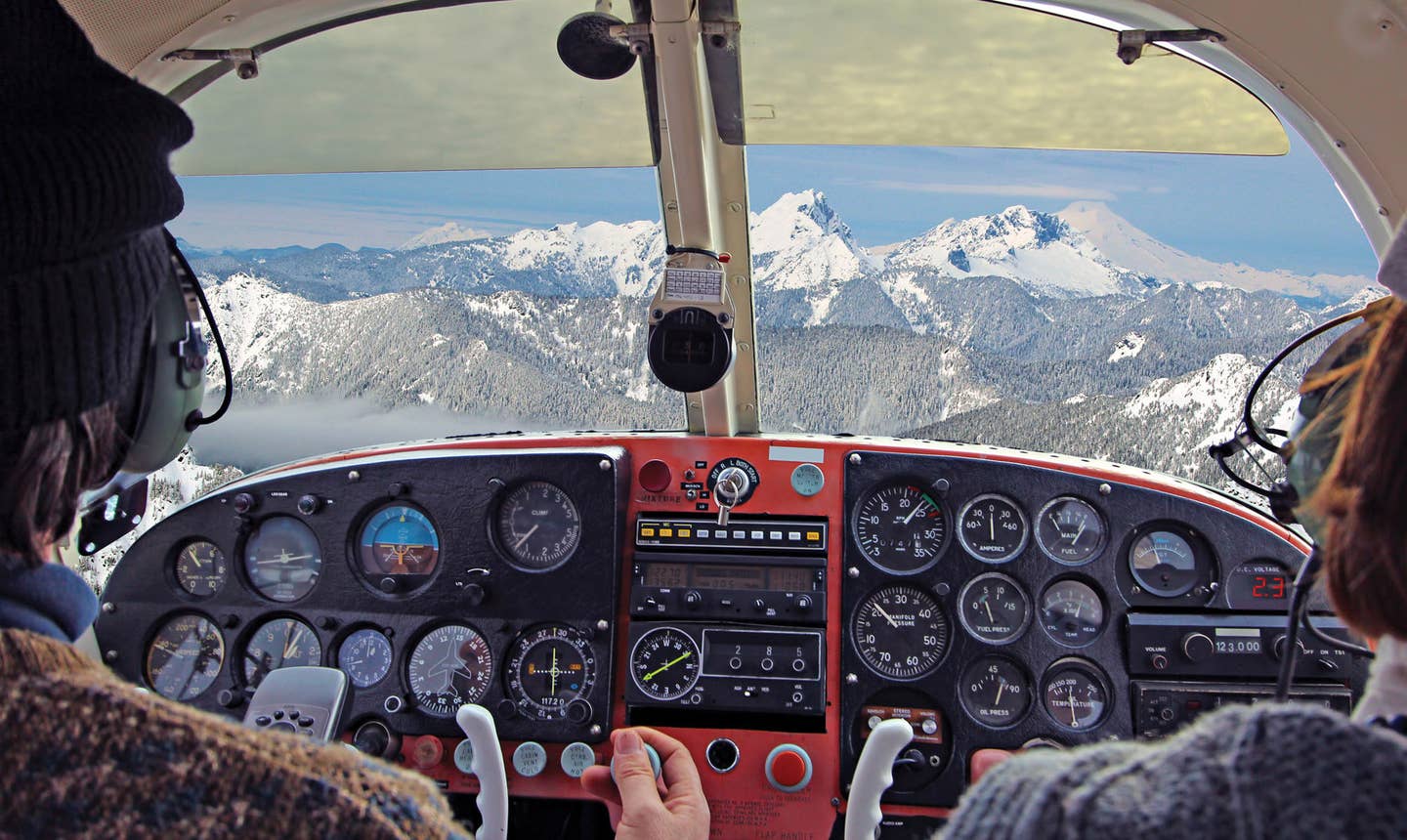GE Advanced Turboprop Shows Off Futuristic Approach
How 3D engine printing will reduce parts by the hundreds, for a start.
The dream of "printing" major components is fast becoming a reality. Here's how GE's billion-dollar investment is putting it at the fore of manufacturing.
At the NBAA Convention, GE's head of general aviation products Brad Mottier gave a program update of the company's exciting Advanced Turboprop engine. Earlier this year Textron Aviation announced that the Advanced Turboprop engine would power its next-gen Cessna Denali turboprop single.
While the development of the revolutionary GE engine remains a big story, at the press conference the story that captivated the large gathering of journalists was what GE was doing with 3D printing, which is referred to more and more these days as "additive manufacturing."
Unlike the more familiar 3D printing, which layers on laminate material to reproduce a design rendered in a 3D modeling application, commercial additive manufacturing uses lasers guided by light in order to add the material, usually in the form of powdered metal, to make up the part. The process can make use of a wide variety of materials, from rare metals like titanium to plastic laminates and resin composites.
GE has invested heavily, to the tune of a billion dollars, Mottier said, in the program. The company already has around 150 of the additive manufacturing machines---it bought the developer of the technology, Morris Manufacturing, a couple of years ago---and Mottier said he envisions the day when GE has thousands of even better tools to create single-piece parts as part of the company's aviation efforts, though he emphasized that there are widespread applications for the technology outside of aviation.
The leader of the additive manufacturing effort, Mohammad Ehteshami, outlined the advantages of the process, including much lower parts count, as additive parts can be produced all in one, without the need for multiple components to be assembled into a larger whole. The part instead comes out whole to begin with. These new parts will also be tougher, as there are no fasteners, welds or joints, which are all high on the list of potential failure points in any design. They will be easier and cheaper to produce, and repair and replace, as well as allow overall maintenance processes to be greatly eased, with longer times between inspection and overhaul, too.
Learn more at GE Aviation.
To get more aviation news delivered to your desktop or mobile device, sign up for our weekly eNews.

Subscribe to Our Newsletter
Get the latest Plane & Pilot Magazine stories delivered directly to your inbox






